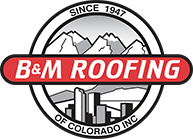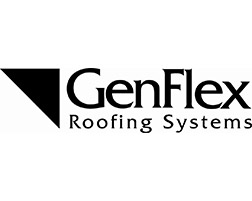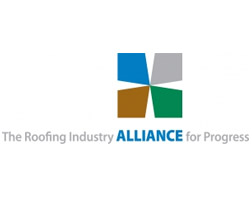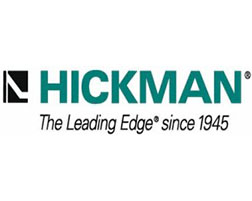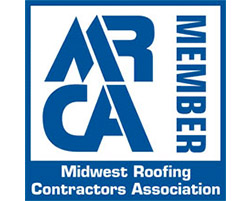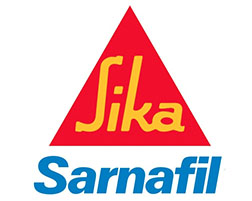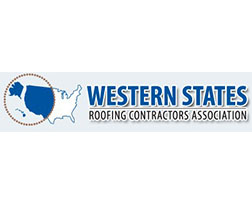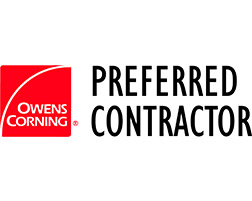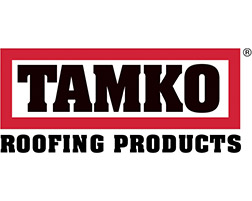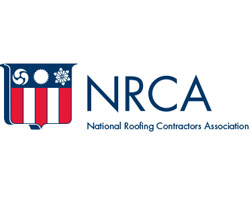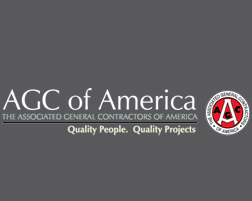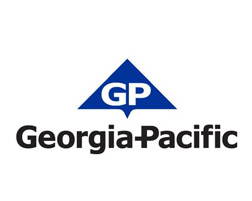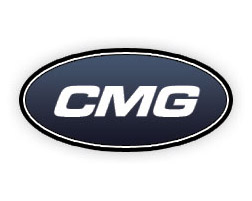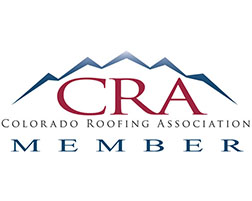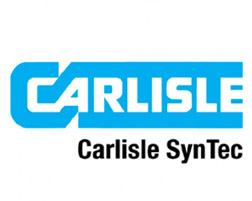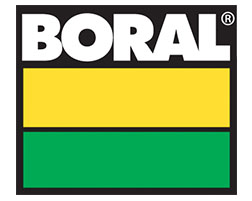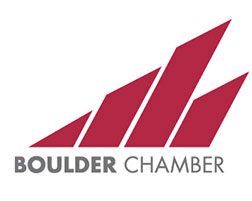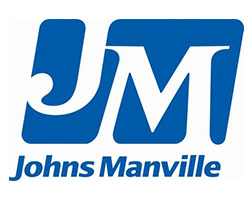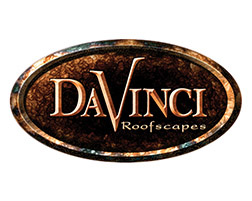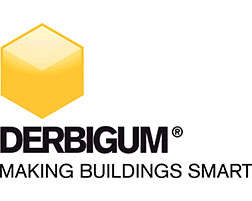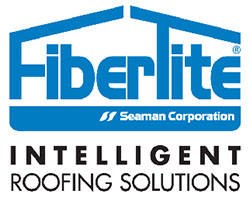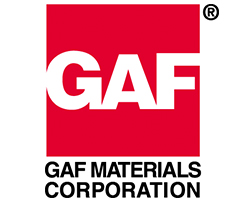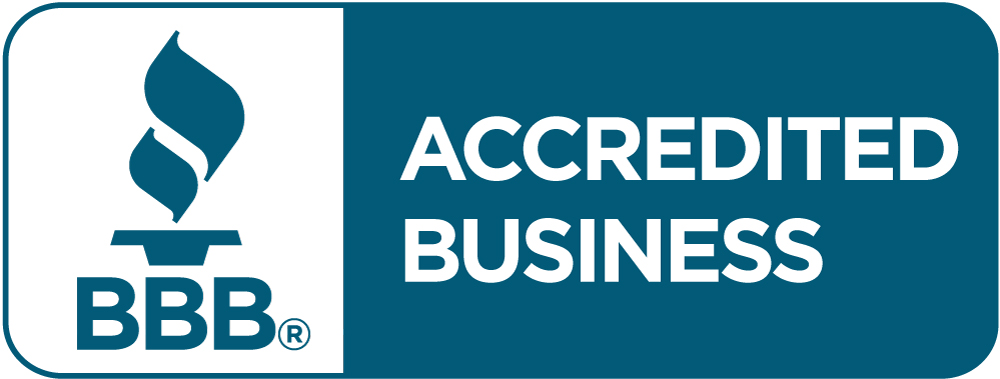UV Rays’ Affect on Asphalt Shingles
 Living in Colorado, you’re probably used to taking precautions to protect yourself from the harsh mile-high sunshine: you slather on sunscreen, wear hats and stick to the shade when the sun’s at its peak. Just like the sun’s ultraviolet rays can harm your skin, UV rays affect asphalt shingles.
Living in Colorado, you’re probably used to taking precautions to protect yourself from the harsh mile-high sunshine: you slather on sunscreen, wear hats and stick to the shade when the sun’s at its peak. Just like the sun’s ultraviolet rays can harm your skin, UV rays affect asphalt shingles.
The bad news is there’s not a whole lot you can do to help stretch the life of your existing roof. UV rays can cause protective layers on top of asphalt shingles to dry up, leading to warping and cracking with prolonged exposure to the sun. While most asphalt shingles are engineered to withstand ultraviolet radiation for extended periods, the intense high-altitude sun can speed the demise of traditional shingles.
Solar reflective roofing – which is also known as cool roofing – can help prevent UV degradation on your shingles. These shingles are designed to reflect more of the sun’s rays, and include a coating on shingle granules that makes them more reflective. This coating is applied to the shingle at the factory. It’s typically not a good idea to attempt to retrofit an existing shingle roof with UV coating.
Because cool roofs reflect ultraviolet rays, they typically resist sun damage better than conventional roofing materials, particularly in Colorado’s intense sun. As their name implies, they also don’t heat up like traditional shingles do. Excessive heat can be linked to premature failure in asphalt shingles.
Cool, UV-resistant roofing also helps control energy costs. By absorbing less of the sun’s rays, these shingles stay naturally cool, helping keep attics closer to outdoor temperatures. They’re also ideal for helping control temperatures in areas without air conditioning, such as garages and under covered patios.
If you think your roof has sun-damaged shingles or is in need of repair, contact B&M Roofing of Colorado for a free estimate. Use our free estimate request form or call us at 303.443.5843.
